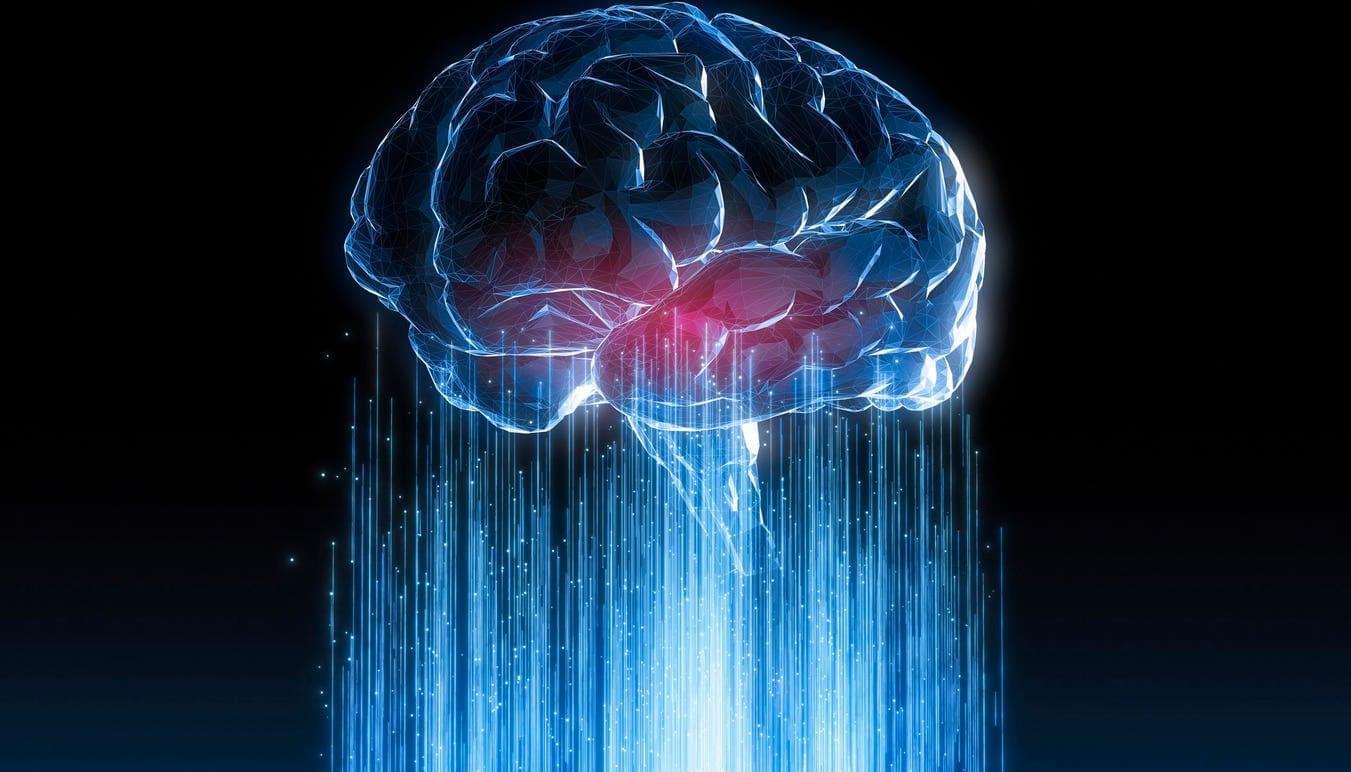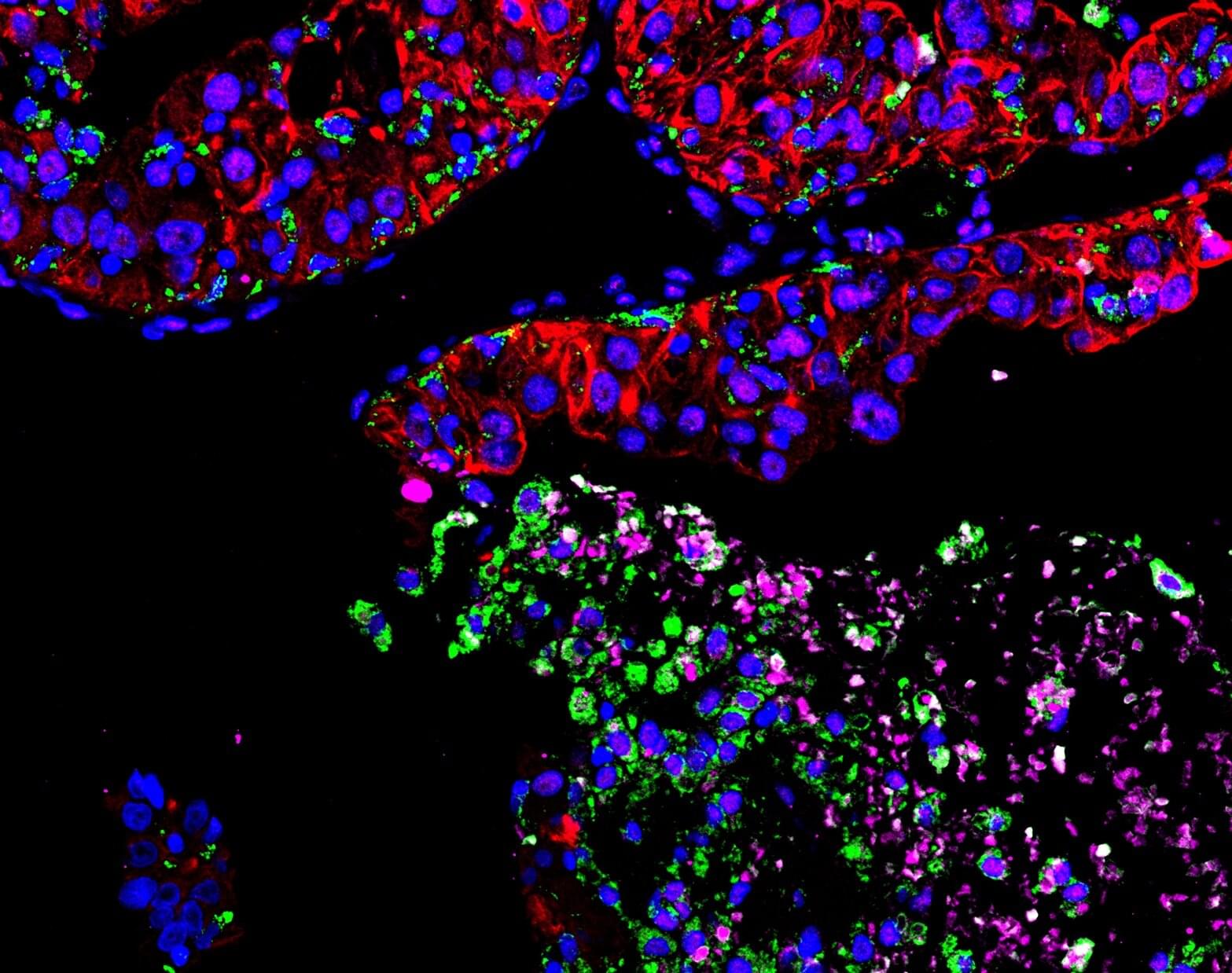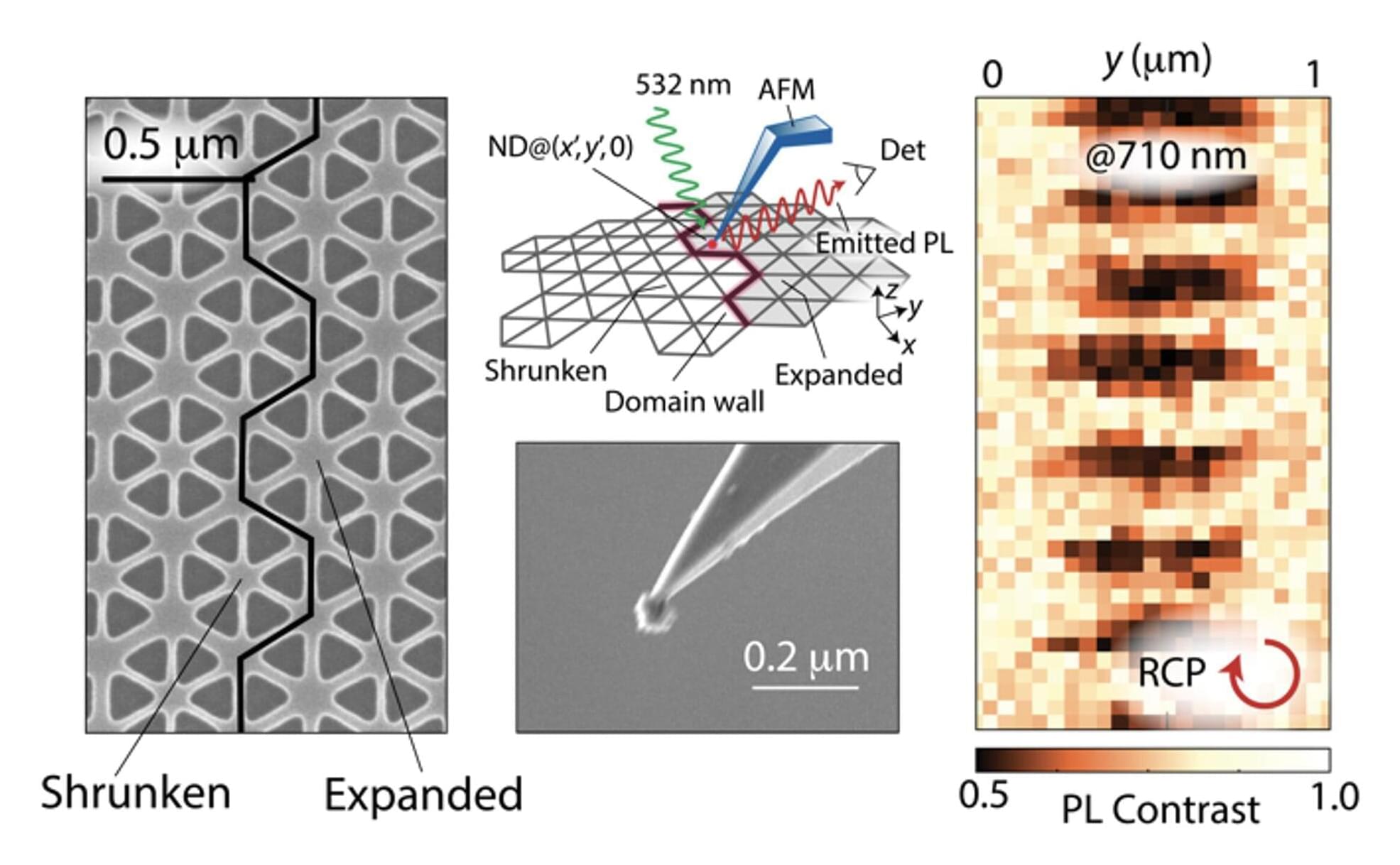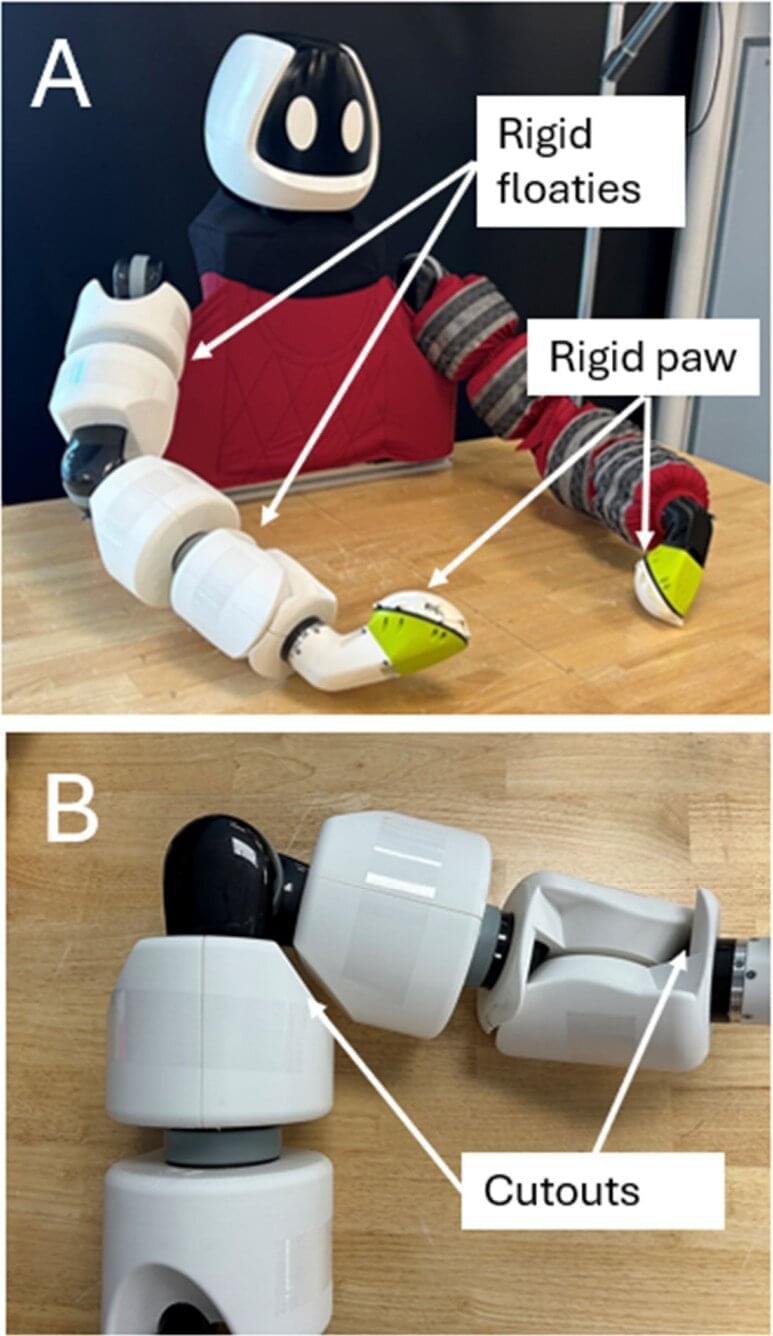Your access to the latest cardiovascular news, science, tools and resources.


Peter H. Diamandis


Huawei has shocked the electric vehicle (EV) world by filing a patent for a solid-state battery that claims a potential range of 3,000 kilometres and the ability to recharge to full in just five minutes. Normally, we have to assume this particular patent will go nowhere, and we will forget about it; however, it could be the start of something new.

Cancer specialists have long known that anemia, caused by a lack of healthy red blood cells, often arises when cancer metastasizes to the bone, but it’s been unclear why. Now, a research team led by Princeton University researchers Yibin Kang and Yujiao Han has uncovered exactly how this happens in metastatic breast cancer, and it involves a type of cellular hijacking. The research aims to help slow down bone metastasis—one of cancer’s deadliest forms.
In a study published in the journal Cell on September 3, Kang and Han reveal that cancer cells effectively commandeer a specialized cell that normally recycles iron in the bone, known as an erythroblast island (EBI) macrophage. This both deprives red blood cells of necessary iron and helps the tumor continue to grow in the bone.
Understanding metastatic cancer—or cancer that grows and spreads in other parts of the body beyond the original tumor site—is critically important. It is one of the deadliest forms of cancer and there is no cure. Of patients who die from breast and prostate cancer, 70% have bone metastasis.

A research team has developed a novel direct sampling method based on deep generative models. Their method enables efficient sampling of the Boltzmann distribution across a continuous temperature range. The findings have been published in Physical Review Letters. The team was led by Prof. Pan Ding, Associate Professor from the Departments of Physics and Chemistry, and Dr. Li Shuo-Hui, Research Assistant Professor from the Department of Physics at the Hong Kong University of Science and Technology (HKUST).

Researchers at The City College of New York have shown how a quantum emitter, the nitrogen-vacancy (NV) center in diamond, interacts in unexpected ways with a specially engineered photonic structure when moved around with a scanning tip.
The study, led by Carlos A. Meriles—Martin and Michele Cohen Professor of Physics in the Division of Science—and titled “Emission of Nitrogen–Vacancy Centres in Diamond Shaped by Topological Photonic Waveguide Modes,” appears in the journal Nature Nanotechnology.
What has long been considered a drawback of the NV center—its broad and messy emission spectrum—turns out to enable a new type of coupling that reshapes its light in ways not seen before. This discovery has fundamental importance for quantum information technologies, since such coupling could help overcome longstanding challenges like spectral diffusion and open pathways toward robust spin–photon and spin–spin entanglement on a chip.

Neural networks are computing systems designed to mimic both the structure and function of the human brain. Caltech researchers have been developing a neural network made out of strands of DNA instead of electronic parts that carries out computation through chemical reactions rather than digital signals.
An important property of any neural network is the ability to learn by taking in information and retaining it for future decisions. Now, researchers in the laboratory of Lulu Qian, professor of bioengineering, have created a DNA-based neural network that can learn. The work represents a first step toward demonstrating more complex learning behaviors in chemical systems.
A paper describing the research appears in the journal Nature on September 3. Kevin Cherry, Ph.D., is the study’s first author.

For all their technological brilliance, from navigating distant planets to performing complex surgery, robots still struggle with a few basic human tasks. One of the most significant challenges is dexterity, which refers to the ability to grasp, hold and manipulate objects. Until now, that is. Scientists from the Toyota Research Institute in Massachusetts have trained a robot to use its entire body to handle large objects, much like humans do.

Researchers at the University of Missouri are working to make hydrogen energy as safe as possible. As more countries and industries invest heavily in cleaner, renewable energy, hydrogen-powered factories and vehicles are gaining in popularity. But hydrogen fuel comes with risks—leaks can lead to explosions, accidents and environmental harm. Most hydrogen-detecting sensors on the market are expensive, can’t operate continuously and aren’t sensitive enough to detect tiny leaks quickly.